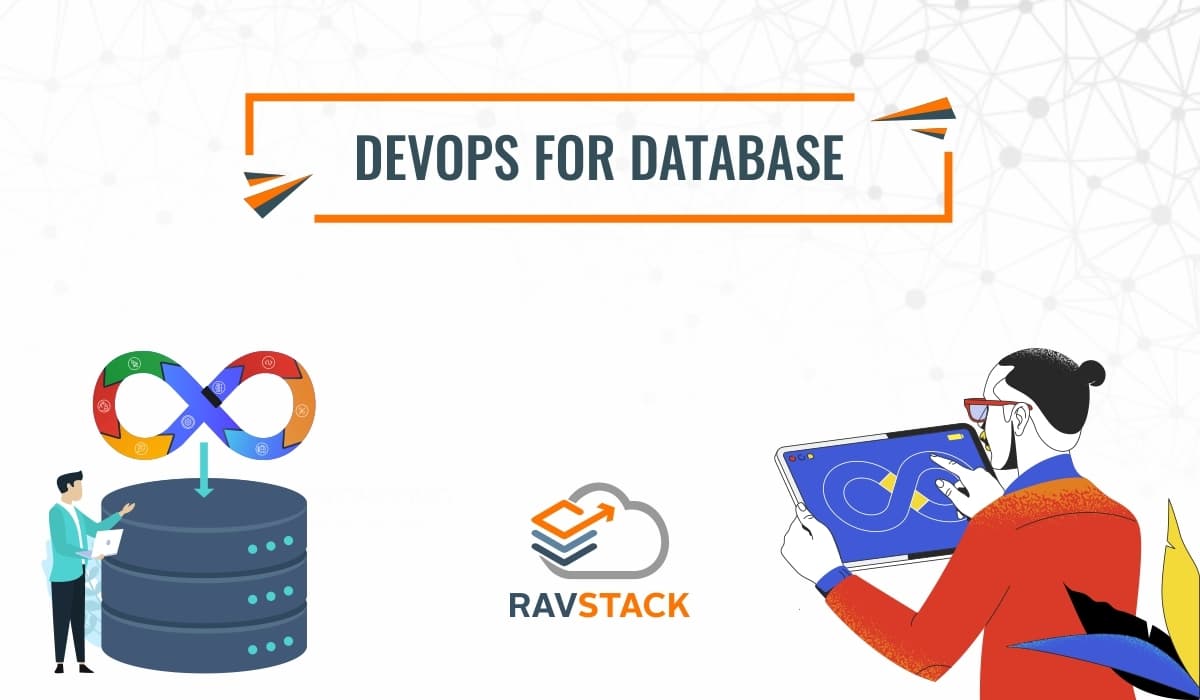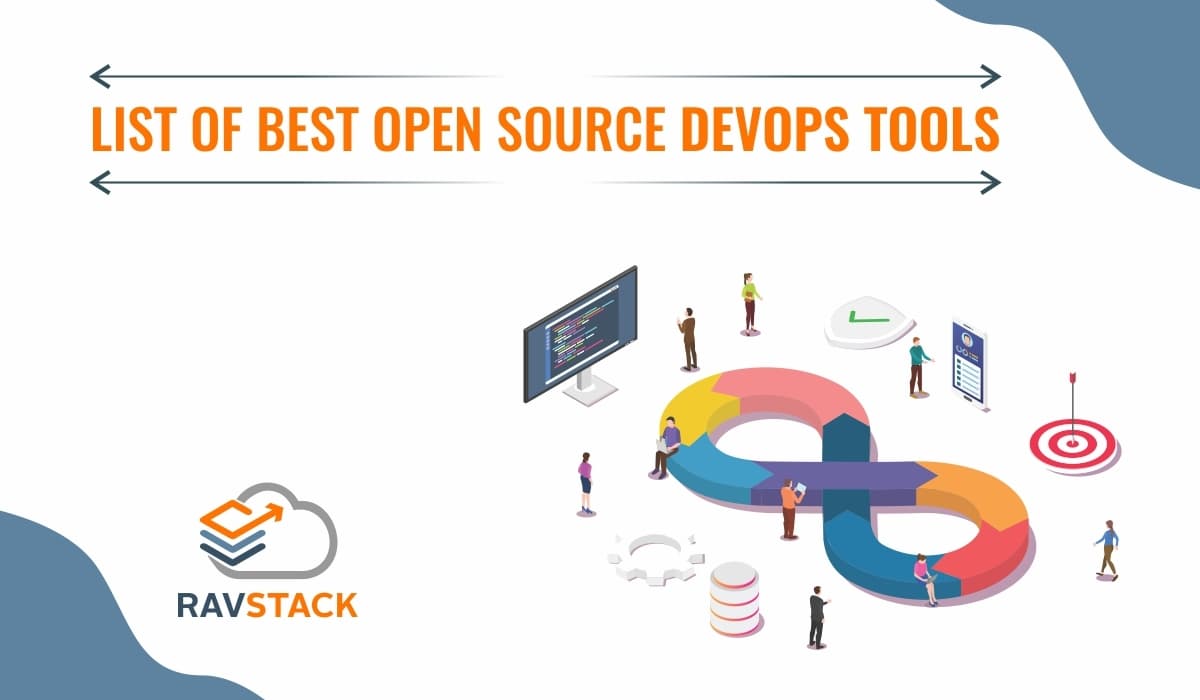
 June 10, 2020
June 10, 2020
 6 mins read
6 mins read
DevOps for database & why it is important?
Development and operation if integrated with a database, give a plethora of advantages that can sort the business out through […]
 DevOps
DevOps
 Docker, Git, Kubernetes
Docker, Git, Kubernetes
 April 22, 2020
April 22, 2020
 9 mins read
9 mins read

We live in a dynamic society that keeps on changing and always tends to shift its tastes and preferences. Hence, there is always a continuous need for development and operations.
If you are new to DevOps, here are some of the best DevOps tools which might come handy while strengthening your digital game.
These tools for DevOps are renowned not just for the ease they provide but also for the add on services which make a must-have for every online business.
Have a look at these tools and ponder over the impact they can bring to your business.
Table of content

Gradle is one of the best tools for DevOps allowing you to write the codes in various languages like C++, Python, and many other languages. Not only this but it is also supported by popular IDEs such as Eclipse, IntelliJ IDEA, and Netbeans.
If this is not enough, Google chose this as the Android Studio’s Official Build Tool!
While other tools were stuck with the conventional configuration, Gradle stepped up with Groovy Based DSL for build descriptions.
To let you know how good this tool is, allow us to tell you that the Gradle team has released Kotlin-Based DSL so that codes could be written in Kotlin as well. It uses Maven’s Repository Format and your ant builds can also be imported to the Gradle.
It uses a decent time for the compilation. Hence we can say that it is not just effective but efficient as well. According to the performance measures, it is 100 times better than Maven. This is because the cache reuses the outputs of the task.
Moreover, it comes with faster shipping and comes with a lot of configuration possibilities.

Git is one of the most popular DevOps tools being used in the software industry. It is the most loved tool by the remote workers for its SCM (Source Code Management) tool.
It allows you to monitor the progress of your ongoing task. You can save the various versions of your work and can use whatever you want whenever necessary. Hence, we can say that it is extremely great for experimenting and trying out new features.
You need to host the repositories to integrate the Git to your DevOps workflow where the team members can push their work as well.
Github and Bitbucket are 2 of the most popular online Git hosting services. These both are magnificent integrations which can enhance your working,

If you want to automate different stages of your pipeline, perhaps, Jenkins is the right tool for you. It is a go-to DevOps automation tool mostly favored by the software developers.
The reason for it being one of a kind is its gigantic plugin ecosystem. It offers unbelievably more than 1,000 plugins, integrating with almost all the tools, might it be Docker or Puppet or beyond that!
Jenkins can help you customize or set up a whole new CI/CD pipeline.
It is extremely easy to install, as it runs directly out of the box on macOS X, Linux, and Windows. To ease up the process, you can configure and set up Jenkins easily with a web interface.
It also comes with numerous suggestions in case you are the first-timer. You can not only deploy new codes swiftly but also you can measure your pipeline success.

Bamboo is a lot more similar to Jenkins. Just the difference is that Jenkins is an open-source and Bamboo comes with a price tag. So what is the difference between both due to which people are ready to pay the price?
Actually, Bamboo has some pre-built functionalities which you have to set up manually in Jenkins. This is the same reason why Bamboo has fewer plugins than Jenkins.
If this is not enough, it integrates itself with other Atlassian products like Bitbucket and Jira without any hassle. All in all, we can say that Bamboo can save a lot of time and increase the efficiency of the project.

Docker is considered one of the best container platforms launched in 2013. It has been improving itself and is striving to become the best.
The best function it does is isolating the application into separate containers so that they are portable and secure. Moreover, these apps are platform-independent.
If you are worried about the dependencies, then leave all the worries on the bay for we can pack all the dependencies in the app’s container and ship it like an independent unit.
Docker can integrate with Jenkins and bamboo, too. Such integration can further improve the performances of your project. It is also very good for cloud computing. If cloud migration ever comes to your mind, Docker can help you the best.

Kubernetes goes beyond Docker by not just making separate containers for all the functions but also categorizing all the containers into different logical units.
When your working expands, Kubernetes won’t leave your back and would help you manage hundreds of containers. You do not have to rely upon just one computer, instead, you can deploy your containers to a cluster of computers.

When it comes to managing the infrastructure as code, Puppet enterprise is the first tool that comes to mind. It helps in the delivery of the project with faster speed and more security.
It also helps smaller projects with some open-source tools. However, Puppet always has a library of plugins that come with a price tag and are of great utility.
Ironical to the name, Puppet enterprise lets you handle more than a thousand resources and multiple teams. It is intelligent enough to understand your role in the infrastructure and lets you take control accordingly. It handles the failures smartly and deals with dependencies wisely.
The thing which makes Puppet Enterprise one of a kind is its 5,000 plus modules and integration with many popular DevOps tools.

Ansible is a configuration management tool, similar to Puppet. We can use it for automating deployment and infrastructure configuration. It is extremely simple and easy to use, which is why it has always been in common usage. Ansible can help you define tasks in YAML.
Ansible is Agentless, which makes it furthermore favorable. And due to the same reason, it is more secure and lightweight.

Nagios is one of the most important and popular open-source and free DevOps monitoring tools. It helps you to monitor the infrastructure to sniff the errors and solve it.
We can keep proper records of events, outages, and failures. Moreover, it also helps us keep an eye on the trends going on.
Nagios has a rich plugin ecosystem and this is the reason it stands out from the rest of the monitoring tools. Nagios basically offers 4 monitoring solutions:

Raygun is one of the best error detecting and crash reporting systems. It monitors all the performances and detects if anything goes fishy.
The intelligent software like this automatically detects the highest priority problems and solves them before anything else to let smooth functioning not get interrupted.
Experimentation and testing are the core of any decision. Take time, test all, and then choose what is best for you. Mostly, free tools are hard to integrate with the system, and the priced software comes with demos.
This can help you test your system and carve your cravings regarding the best tool for your business.
RavStack is one of the leading web service providers and has the personnel with years of experience and expertise to help you crack the realm of business more effectively.
The consultants are intelligent enough to monitor your needs and provide you with the solutions tailor-made just for you.
Still, feeling confused? Let us help you know what is best for you. Contact us now!
)
We'll get back to you within 24 hours
Talk to our expertDigital Newsletter about iOS, Android, AI, Big Data and Cloud Insights.